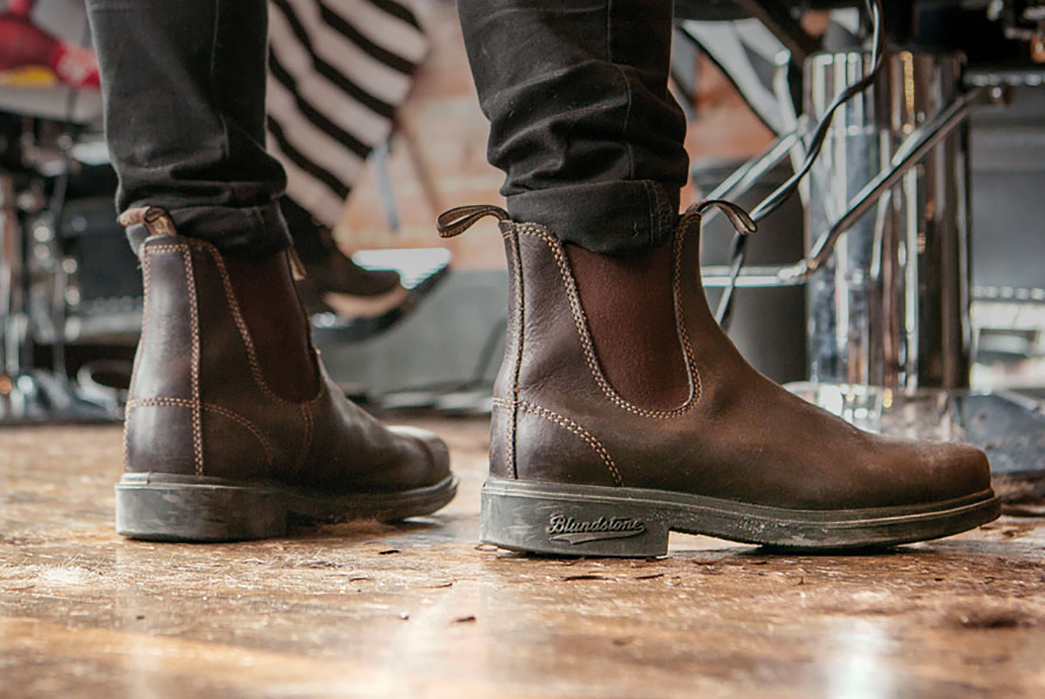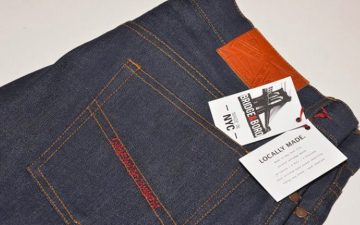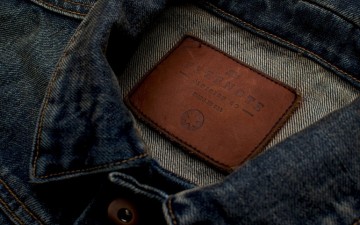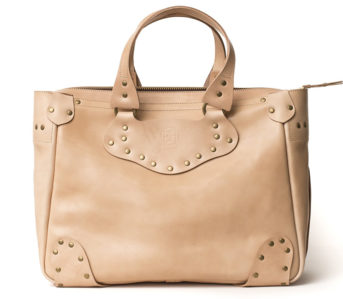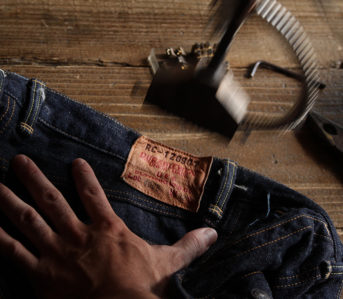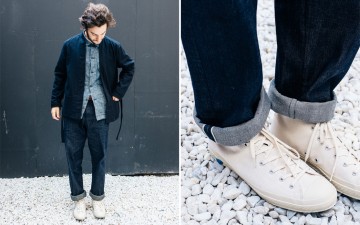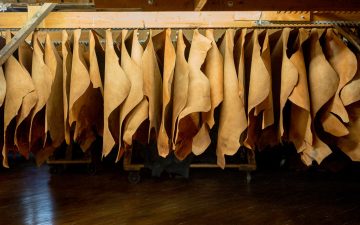If you’ve spent more than ten minutes in an art museum or a coffee shop that sells cortados in the last year, you’re aware of Blundstone. The Australian boot company is best known for its chunky, slip-on work boot that has become absurdly popular with the hip set and though their elastic sides might make you think they’re a Chelsea boot, they’re something far more rugged and far less over-played: the Australian bush boot.
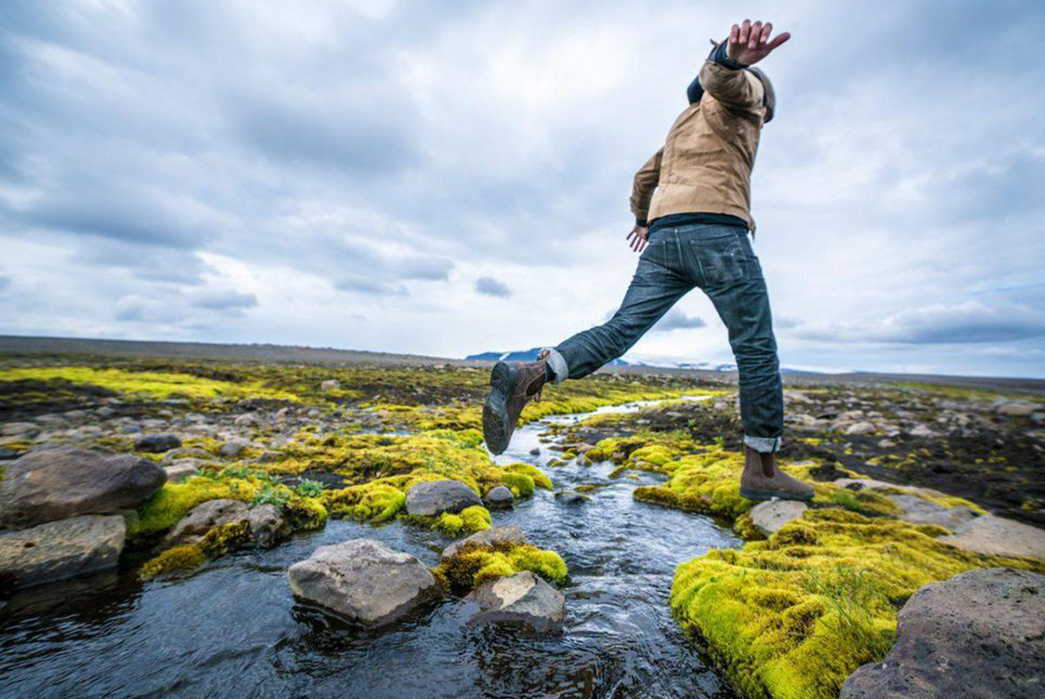
Image via Blundstone.
Where cheap, mass-market brands have oversaturated us with Chelsea boots, the Australian work boot still feels fresh. While Blundstone competitor, R.M. Williams, does things in a more traditional way, Blundstone’s design is almost a caricature of itself, with chunky details that stand up to any and all terrains. To learn more about how Blunnies have grown from relative anonymity in their homeland of Tasmania, to global domination; read on!
The History of a Bush Boot
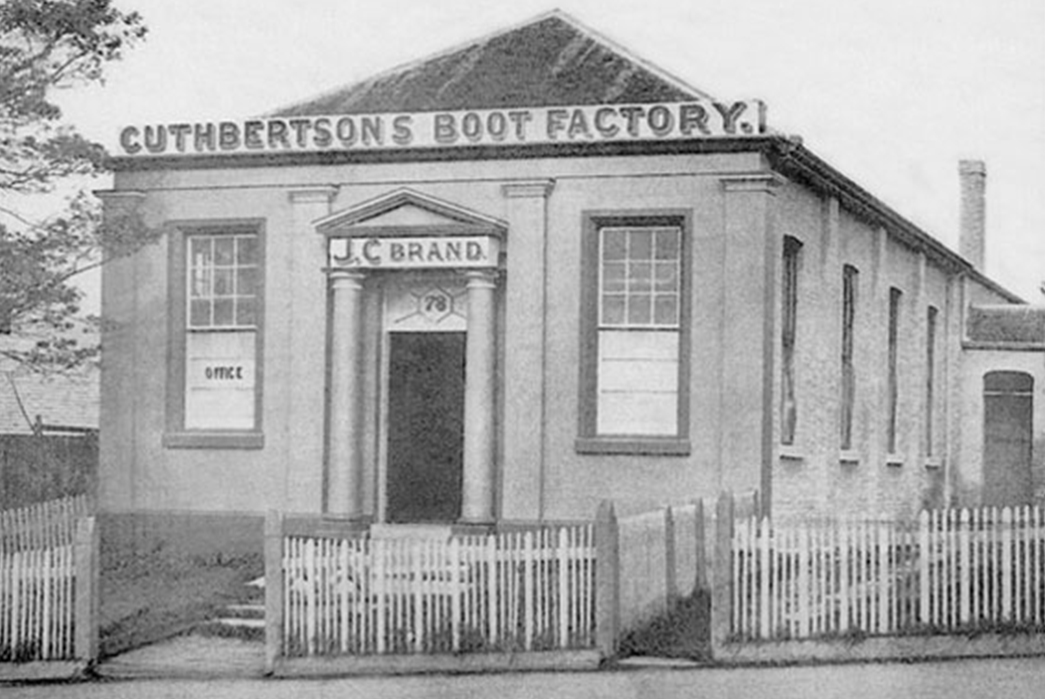
Cuthbertson Boot Factory. Image via Blundstone.
Blundstone has existed, in various forms, since the 1870s. The simple version of the story is that a group of British settlers in Hobart, Tasmania started what is now the largest Australian footwear manufacturer. The more complicated version is as follows.
John Blundstone began the brand, naming it after himself, but he didn’t control his namesake shoe brand for long. Even though he renamed the brand Blundstone & Son in 1892, the company didn’t stay in the family. Two brothers, Frank and William Cane, bought the brand and then sold it to the Cuthbertsons. The Cuthbertson family was clearly well-established in the footwear world and they were well-equipped for the challenge of taking on a new brand. In fact, they even had their own leather tannery. They acquired Blundstone in 1932 and held onto the brand for the remainder of the century.
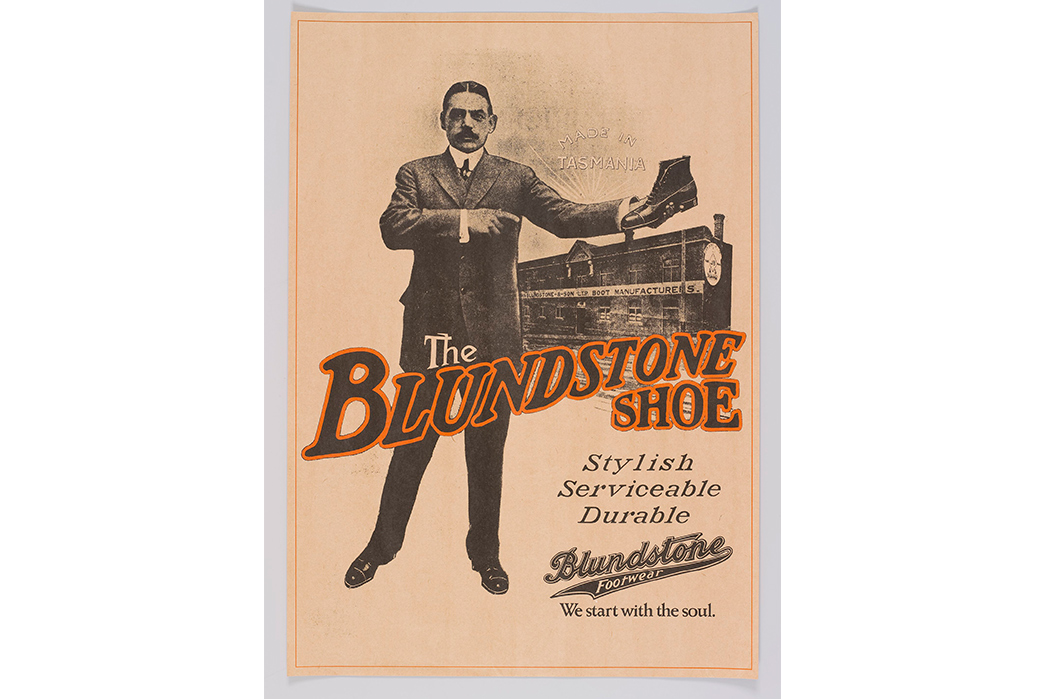
Image via Museum of Applied Arts and Sciences.
The corporate history of Blundstone is well-recorded, but the trickier part, at least historically, is figuring out how their famous boot came to be. Some form of the bush boot was made throughout the brand’s history, at least after the Chelsea Boot’s invention in 1852, which combined the relatively new invention of elastic with the leather boots of the era. Some of Blundstone’s most notable manufacturing happened starting in 1914, when they produced boots for the Australian army in WWI, although these would have been more conventional laced service boots.
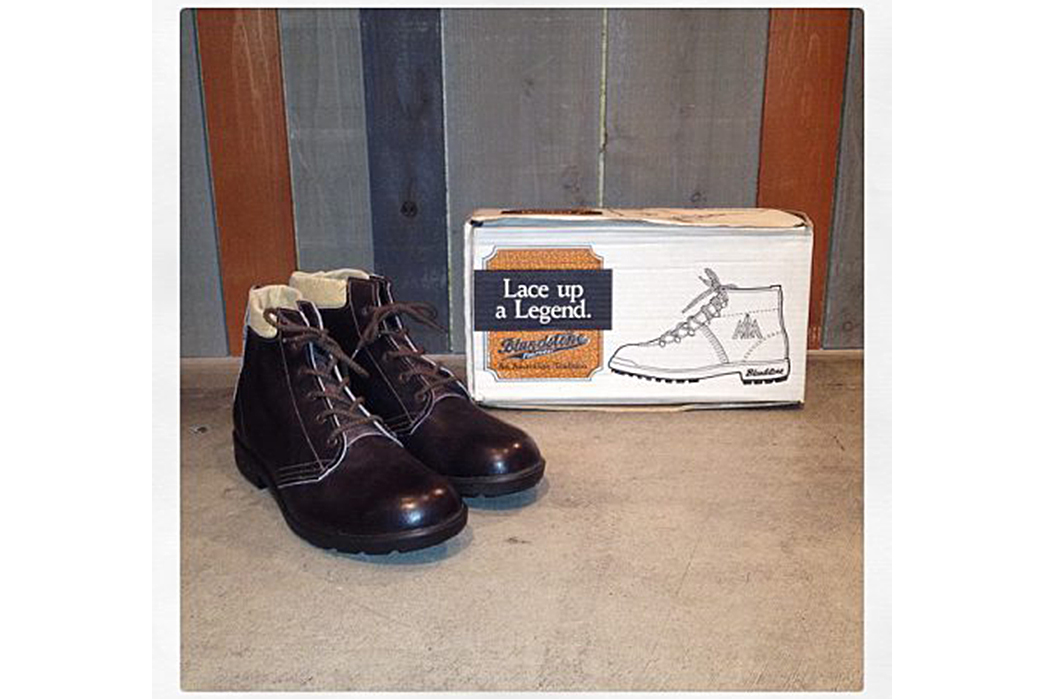
Vintage lace-up Blundstone’s. Image via Rogers Kyoto.
The 500 series Blundstone, the style most closely associated with the brand, was first produced in 1968 in all its chunky glory. The boot channeled much of what people loved about the bush boot: its lack of laces (which prevented one from getting snagged in undergrowth), its convenience, and its heavy leather in a chunkier package.
By contrast, R.M. Williams, which takes a more traditional approach, has a slimmer, more elegant profile, often with a Cuban heel and higher quality leathers. This was more traditional, partially because the bush boot or work boot was Australia’s cowboy boot equivalent. They could be used for riding and connoted a certain style of landowner chic. Blundstone, therefore, with its humble Tasmanian origins and slightly down-market production and materials, is a bit more of the everyperson’s boot. And it certainly has resonated with the people.
Blundstone The Enigma
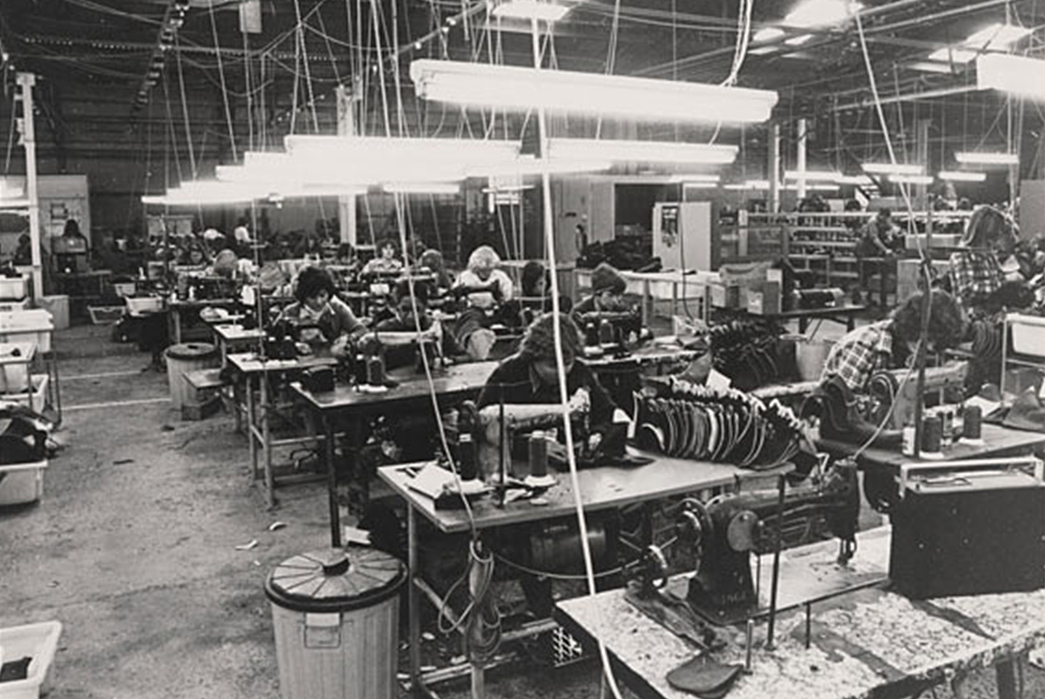
Blundstone Factory. Image via Blundstone.
The hard part about Blundstone’s history is that while the brand is proud of their heritage, there isn’t a great deal of transparency in terms of when things came to be. We know the 500 series was launched in 1968, but were those Blundstone’s the same as today’s? 1965 had seen the introduction of injection molding in the U.S., which allowed for truly waterproof boots, albeit ones that couldn’t be resoled, so it’s quite possible that the 500s were largely the same, but it’s just hard to tell.
For some reason, it’s also hard to track down advertising materials between the very early days of Blundstone and the 1990s. This might be because the brand hadn’t really taken off overseas until more recently. What was the lineup? What were the materials and construction techniques? As sometimes happens with workwear brands, unless they have stellar archivists, the historical specifics can be lost with the sands of time. Especially if the focus is on down-and-dirty, anti-fashion clothing, taking meticulous records of the evolving pieces might seem counter-intuitive and unnecessary.
Blundstone Today

Image via Racked.
Though it’s not especially clear how, or in what forms, Blundstone has become extremely popular. Unfortunately, by the time most of us ever heard of their stuff, the brand had moved production from their home base in Tasmania to factories in East Asia. That being said, the company places a lot of value on their quality-control processes and inspections and the integrity of the materials they use.
What also sets Blundstone apart is their hesitance to fully engage with the fashion world. Although they’ve been unveiling collections at Pitti Uomo and sponsoring booths at Sundance, the management admits that Blundstone’s greatest charm is its history and its pragmatism. Steve Gunn, the company’s CEO told Racked, “We don’t want to be a fashion brand because today’s fashion is tomorrow’s history, and our product is everlasting.”
Blundstone is moving slowly—they didn’t even make women’s sizes until 2000! But in their slow and steady, workwear mindset, they’ve unwittingly tapped into a market that is hungry for general-inclusive footwear that the wearer can make their own. Like Vans and Converse, (those other unisex footwear essentials) it’s up to the individual to live in their Blunnies and in so doing, give them character and meaning.
Iconic Blundstone Models
500 Series
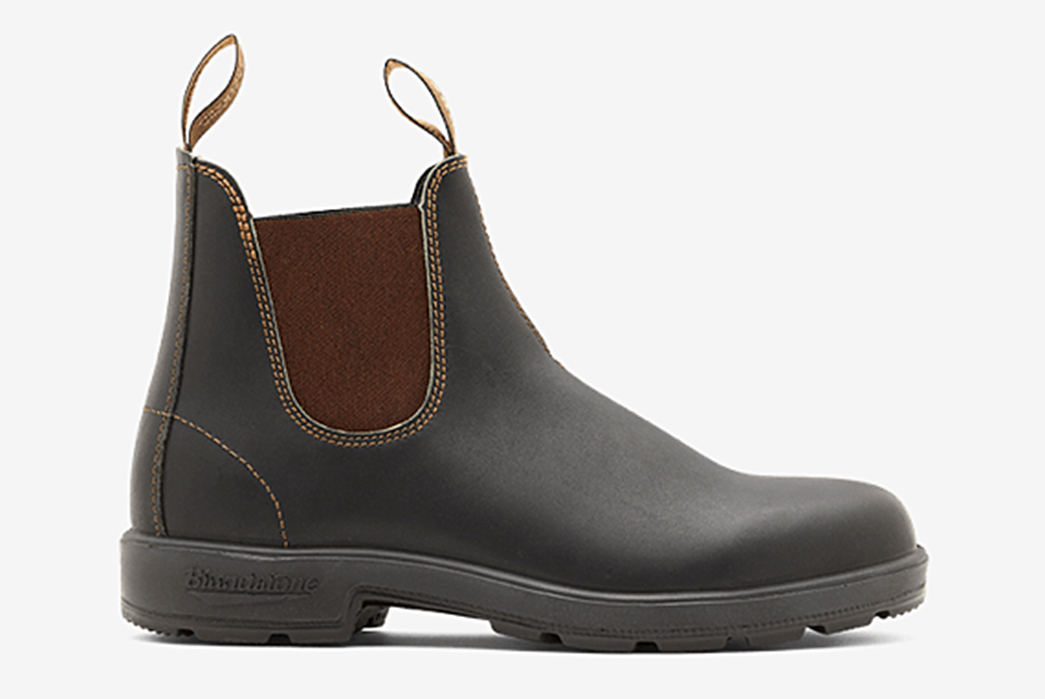
Image via Blundstone.
The classic 500 boot is everything you love about Blundstone and nothing extra. Weatherproofed leather, a cushioned midsole, and a slip-proof outsole make this boot oh so perfect for your daily grind. Because they come at a slightly lower price point than some of our other favorite boots and are actually waterproof, you don’t need to baby them at all.
Available from $185 at Blundstone.
Dress Boots
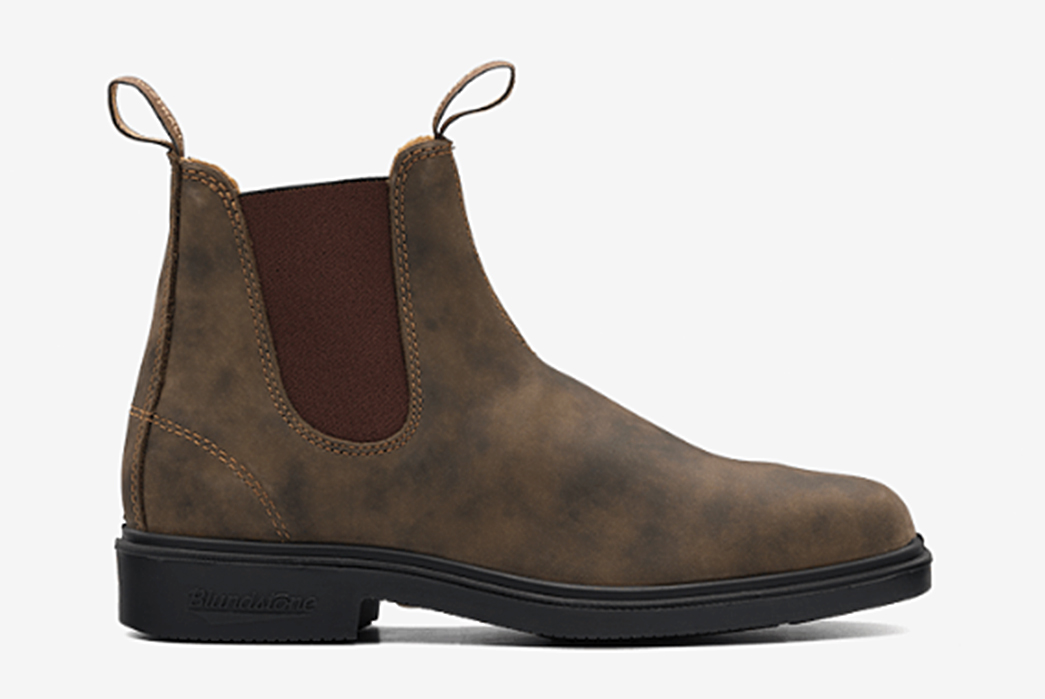
Image via Blundstone.
For a slightly more refined look, Blundstone also makes dress boots. These boots feature pretty much all the same things as the iconic 500, but with a slimmer profile, a more exaggerated heel rise, and a slightly square toe. These boots are great if you like the vibe of Blundstone, but can’t get down with the chunky, exaggerated look of the brand’s most well-known style. And the best part, even though they’re dressier, they can handle all of the outdoor rigors of the classic 500.
Available from $190 at Blundstone.

